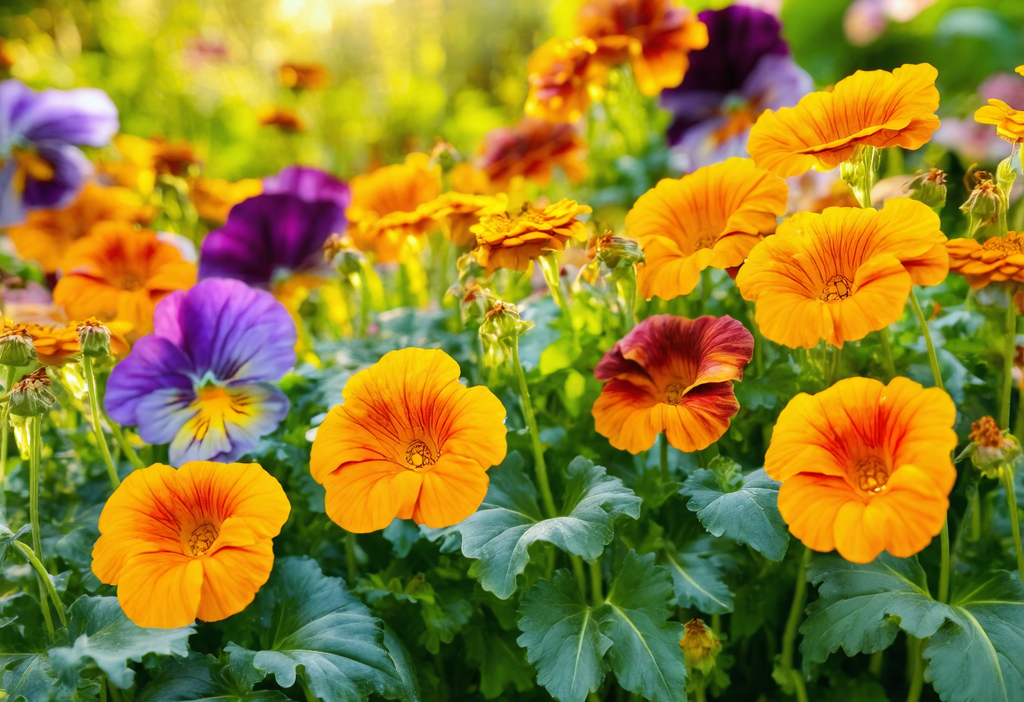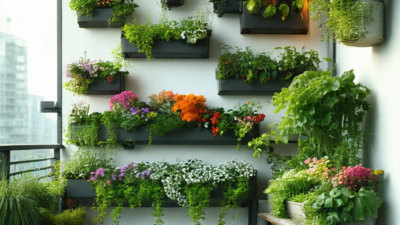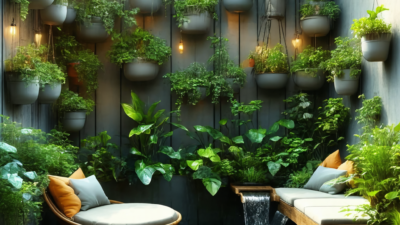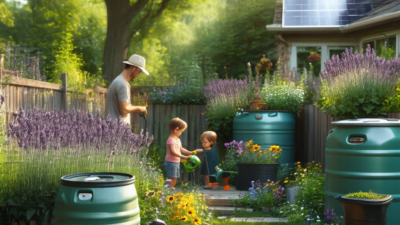The Ultimate Guide to Growing Edible Flowers in Your Garden
Edible flowers are more than just a pretty addition to your garden; they’re a culinary delight that adds vibrant colors and unique flavors to dishes. Whether you’re an experienced gardener or a newbie, growing edible flowers is a rewarding way to enhance both your meals and your outdoor space. Let’s dive into everything you need to know about cultivating these versatile beauties.
Choosing the Right Edible Flowers for Your Garden
Not all flowers are safe to eat, so it’s crucial to select varieties that are both flavorful and non-toxic. Some popular choices include:
- Nasturtiums: These vibrant flowers add a peppery kick to salads and cocktails.
- Pansies: With their delicate, sweet taste, pansies are perfect for garnishing dishes or making into teas.
- Calendula: Also known as marigolds, calendula flowers offer a tangy flavor and are rich in health benefits.
- Borage: This blue-flowered plant has a cucumber-like taste and makes a striking addition to drinks and salads.
When selecting your edible flower varieties, consider your climate, soil type, and the amount of sunlight your garden receives. Most edible flowers thrive in full sun but can tolerate partial shade.
Planting Tips for Success
To ensure healthy growth, prepare your soil by mixing in organic compost or well-rotted manure. Edible flowers generally prefer slightly acidic to neutral soil with good drainage. Here are some planting tips:
- Timing is key: Sow seeds in early spring for a summer harvest or in late summer for fall blooms.
- Space them out: Follow the seed packet instructions for spacing to prevent overcrowding and promote airflow.
- Water wisely: Keep the soil moist but not waterlogged. Avoid overhead watering to prevent fungal growth.
Regularly pinch back the tips of your plants to encourage bushier growth and more flowers. Deadheading spent blooms will also prolong the blooming period.
Companion Planting: Friends That Grow Well Together
Edible flowers don’t just bring flavor; they can also benefit other plants in your garden. For example:
- Nasturtiums repel pests: Their strong scent deters aphids and whiteflies, making them a natural companion for vegetables like tomatoes and cucumbers.
- Calendula attracts beneficial insects: Attract ladybugs and hoverflies to your garden by planting calendula alongside your veggies.
- Borage supports pollinators: This plant is a favorite of bees, which are essential for pollinating your crops.
By strategically placing edible flowers among your vegetables and herbs, you create a harmonious ecosystem that benefits both the plants and the pollinators.
Harvesting Your Edible Flowers
The best time to harvest flowers is in the morning when they’re fully open but before the heat of the day. Here’s how to do it:
- Gently pluck: Use your fingers or scissors to snip off flowers at their base, leaving the stems intact on the plant.
- Remove unwanted parts: For some flowers like calendula, it’s best to remove the stamens and styles before using them in recipes.
- Store properly: Keep fresh flowers refrigerated for up to a week or freeze them for longer storage. You can also dry them by hanging upside down in a cool, dark place.
Creative Ways to Use Edible Flowers in the Kitchen
Once you’ve harvested your edible flowers, the possibilities are endless! Here are some ideas:
- Sprinkle on salads: Add a burst of color and flavor to green salads or grain bowls.
- Mix into drinks: Infuse water, teas, or cocktails with fresh flowers for a refreshing twist.
- Make flower butter: Whip softened butter with chopped flowers and spread it on bread or use it in recipes.
- Add to desserts: Use edible flowers as a decorative touch on cakes, pastries, or ice cream.
- Pickle the blossoms: Preserve nasturtiums or pansies by pickling them for a tangy addition to sandwiches and crudité platters.
Experiment with different combinations to discover which flavors you love most. You might even start your own edible flower garden-to-table culinary adventure!
Maintenance and Pest Control
Like any plant, edible flowers require some care to stay healthy. Monitor for pests such as aphids or spider mites and address infestations early using natural methods like insecticidal soap or neem oil. Regularly inspect your plants for signs of disease, ensuring good air circulation around them to prevent fungal issues.
By taking the time to nurture your edible flowers, you’ll be rewarded with a bountiful harvest that enhances both your garden and your meals.
Conclusion
Growing edible flowers is a delightful way to add beauty and flavor to your culinary creations. With a little planning and care, you can enjoy the best of both worlds—a thriving garden and fresh, nutritious ingredients right at your fingertips. So why not give it a try? Your taste buds—and your garden—will thank you!
Ready to get started? Check out our selection of edible flower seeds and start planting today!





